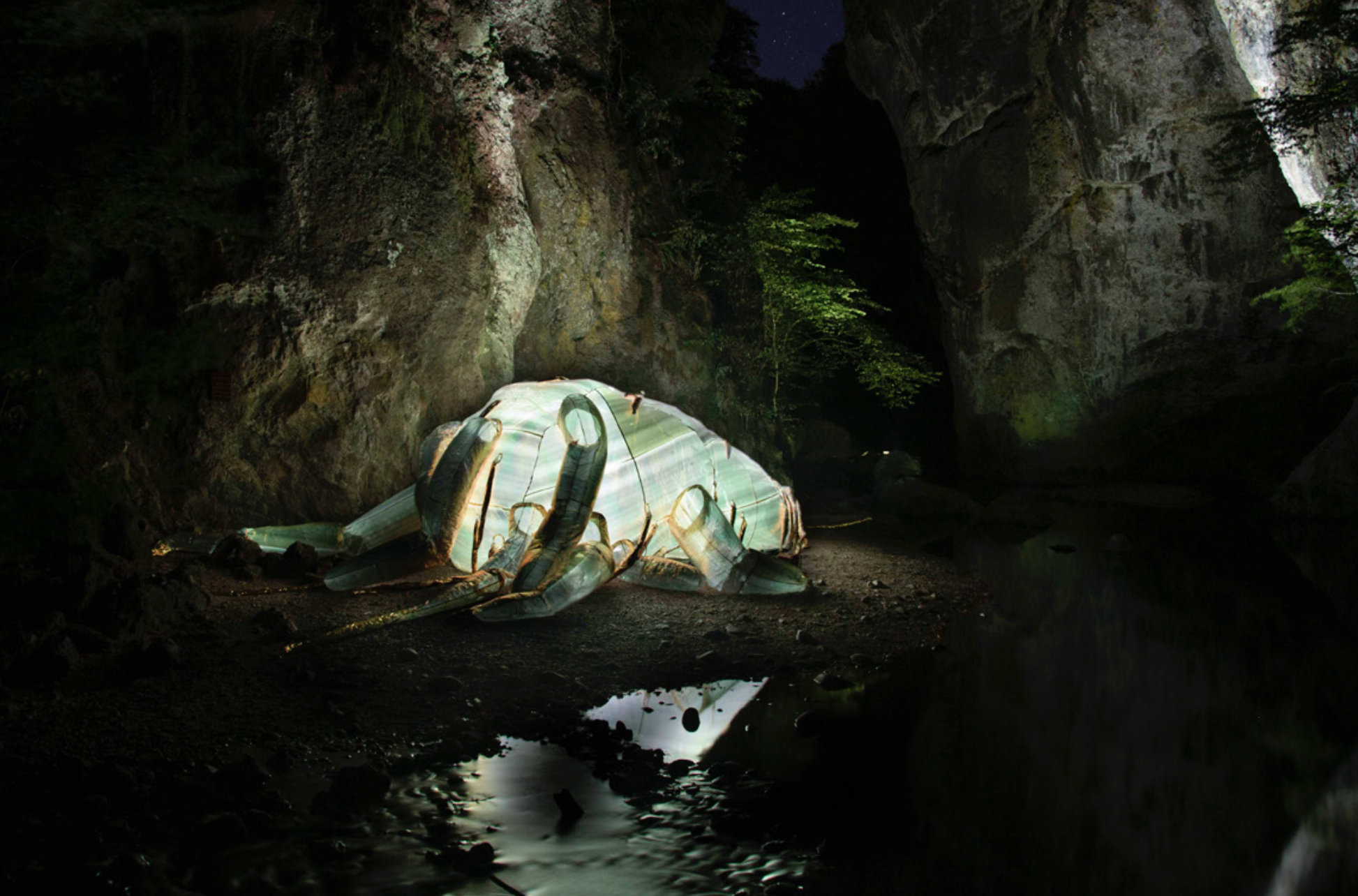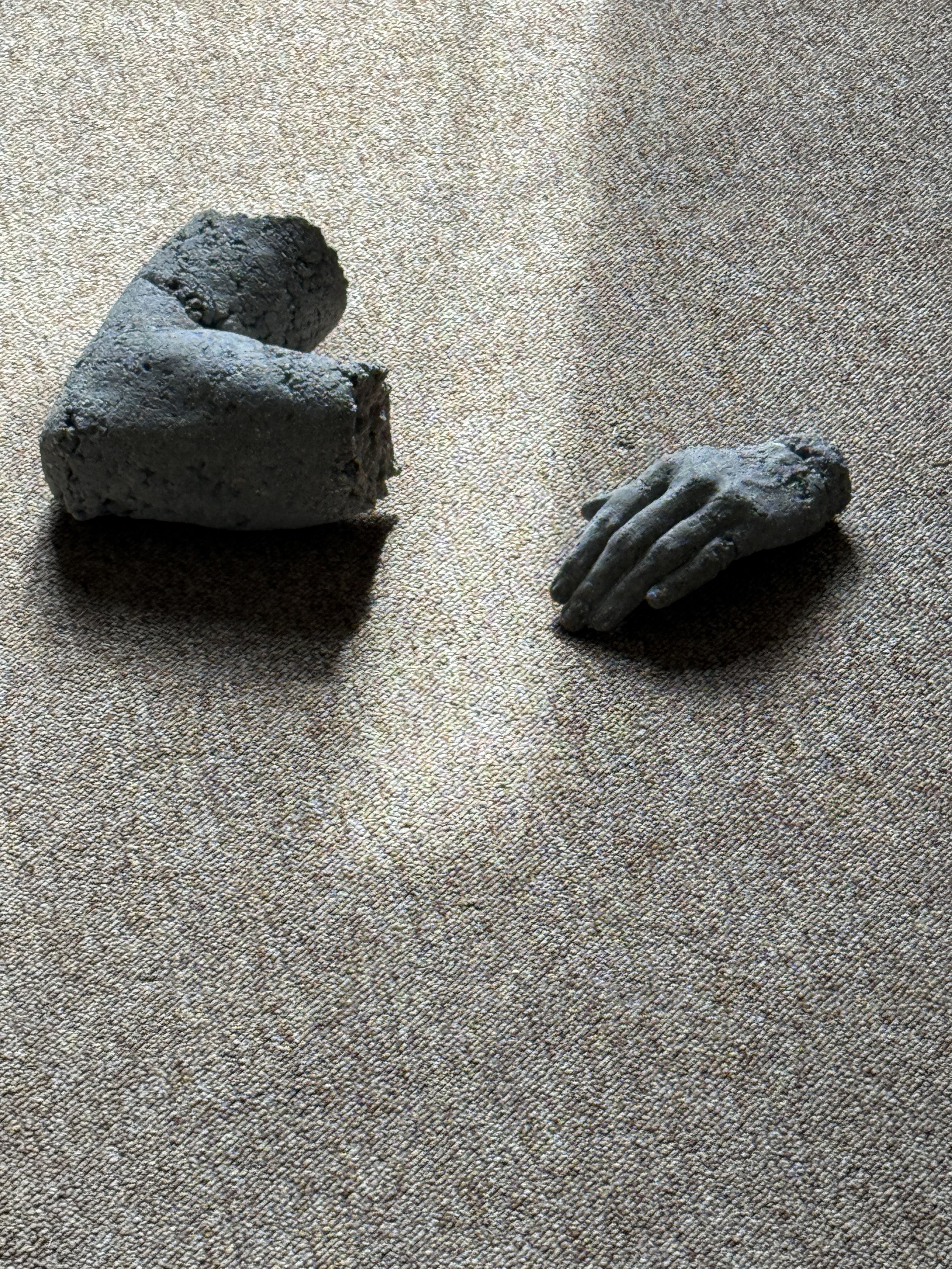The WASTELAND
The Wasteland
The wasteland, or the abandoned land, appears in many of the world’s most well-known stories.In ancient myths and tales, there exists a land, deserted and hopeless.
The land dries up due to lack of rain, the fields no longer yield a single grain of wheat, the fruit has withered on the trees, and the animals search desperately for water in the arid landscape.
Then, through trials and crises, followed by insight and knowledge, the good is reborn. Balance is restored, the wasteland recedes, the streams find their beds again, and life returns. But how do we respond to the wasteland of our own time?
The wasteland brought on by climate change, or the one left behind by war, drought, or nuclear disasters? The urban wasteland, where life is pushed to the very edges of existence?
What about the wasteland we can encounter within ourselves, as we all do at some point in life?Grief, loss, and all kinds of crises can give us a strong sense of being in a parched desert, where everything fertile and life-giving escapes us and refuses to grow.We can find hope again, our inner life can return, perhaps even stronger than before, because we’ve been there, in the wasteland, we know what it looks like.
Inspired by T.S. Eliot’s poem The Waste Land, Dikemark becomes such a place in Katja Ebbel’s work – somewhere between what has been and is now abandoned, and what can become something new, another perspective, a tipping point between the discarded and the fantastic.Like in the poem, Ebbel has collected and processed fragments and shards of content and meaning, assembling them into a sprawling mass of ongoing processes — a dialogue with Dikemark as a place. Previous works, things that once were and could become something else: new pieces of sculpture, drawings, collages, words and writing, costumes and scenographies, props, spaces, and sound — all these fragments form a space of possibilities to dive into, to get lost in, to recognize oneself in, and to discover hope and new connections one didn’t know existed. In the search for meaning, things made of everyday materials — cast, sewn, glued, nailed, or tied together — may be enough assurance against the wasteland.
Katja Ebbel holds a bachelor’s degree in Costume Design from KHIO and another in Scenography from the Stockholm University of the Arts. Ebbel works as an artist, scenographer, and costume designer with an international reach. Her work crosses disciplinary boundaries — from experimental sculptural works and installations to more traditional scenic designs at major theatre institutions. Her artistic practice, combined with her technical training in scenography and costume design, allows her to move freely between sculpture and installations, costume design, scenography, drawing, and illustration.
The project has been realized in collaboration with Mattis Appelqvist, Sigve Astrup Lien, and Tim Dalton.



